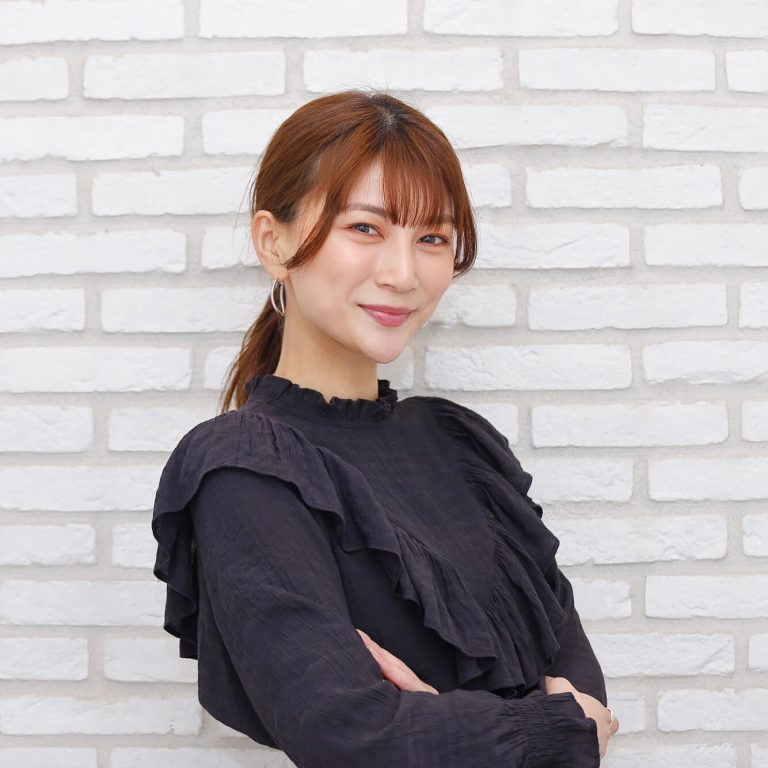For researchers aiming to understand users in their natural environment, home visits are often considered the gold standard. They promise a window into daily routines, spatial habits, and unspoken needs that remote interviews or surveys might miss. However in Japan, this method presents a fascinating paradox: the closer you get to the user, the more aware they become of your presence. And with that awareness, behavior shifts.
In this article, we explore how in-home ethnographic research in Japan both reveals and conceals, and what global teams need to understand before stepping into a Japanese household.
The Allure of Home Visits
Home visits offer rich opportunities to understand how products and services are used in real-life contexts. From observing where a smart speaker is placed to seeing how laundry routines unfold in tight urban apartments, these visits can uncover behaviors and constraints that participants may not verbalize.
In Japan, where the relationship between people and their living spaces is often deeply personal and culturally nuanced, home visits can be especially insightful for categories like:
- Home appliances and smart devices
- Parenting and family coordination tools
- Elderly care and health monitoring
- Localization of global products
The Cultural Challenge: Performing Normal
Despite the potential, researchers must be cautious of a key cultural dynamic. In Japan, the home is a deeply private space, and inviting someone in (especially a stranger)can trigger a desire to present a curated version of life.
Before a visit, participants may clean their homes extensively, hide messy laundry, or pre-organize objects. During the visit, they may act more formally or avoid behaviors that might seem embarrassing. These reactions aren’t dishonest, but rather culturally driven. In a society that highly values cleanliness, order, and consideration for others, it’s natural to “prepare” for a guest, even if that guest is a researcher.

As a result, researchers may find themselves observing a version of everyday life that has been subtly (or not so subtly) adjusted. This doesn’t mean home visits are invalid, but it does mean we need to recalibrate our expectations.
Strategies for Meaningful Observation
To get the most out of a Japanese home visit:
- Set expectations transparently: Explain in advance that the goal is not to see a perfect home, but an honest one. Reinforce this at the beginning of the visit with warm, non-judgmental language.
- Plan for observation + conversation: Don’t rely solely on what you see. Use post-observation interviews to probe: “You mentioned you usually store laundry here. Is this what it looks like day-to-day?” Give permission for participants to speak freely.
- Triangulate with other methods: Combine home visits with diary studies, follow-up calls, or sensor-based data collection to validate observations and fill in missing context.
- Be culturally attuned: Japanese participants may be less expressive, less confrontational, and more concerned about hospitality than researchers expect. Build trust by minimizing disruption (small teams, short duration), and always observe etiquette (remove shoes, bring socks, offer thanks).
- Watch the edges: Clues to real habits often appear in what’s half-hidden: a side table stacked with tissues, a corner where bags pile up, or a family member chiming in casually. These moments can offer more insight than staged demonstrations.
The Value Beyond “Naturalness”
While it’s true that no behavior is entirely natural under observation, especially in Japan, home visits can still reveal invaluable insights. It’s not about catching people “off guard”. It’s about understanding what they choose to show, and what they choose to hide. In the end, both are meaningful data.
By leaning into the performative aspect of home visits rather than denying it, researchers can gain a deeper appreciation for how users interpret roles, privacy, and presentation in daily life. In Japan, where harmony and appearance often matter as much as function, this meta-layer can be just as important as the behavior itself.
Final Thoughts
Home visits in Japan are not just a method. They are a cultural encounter. With care, sensitivity, and methodological flexibility, they can yield insights that go beyond product usage and into the fabric of everyday decision-making. But only if we accept the paradox: what we see is shaped by the very act of looking.
Planning a home visit study in Japan? Uism can help you design for cultural fit while uncovering real, respectful insights. Let’s talk!


